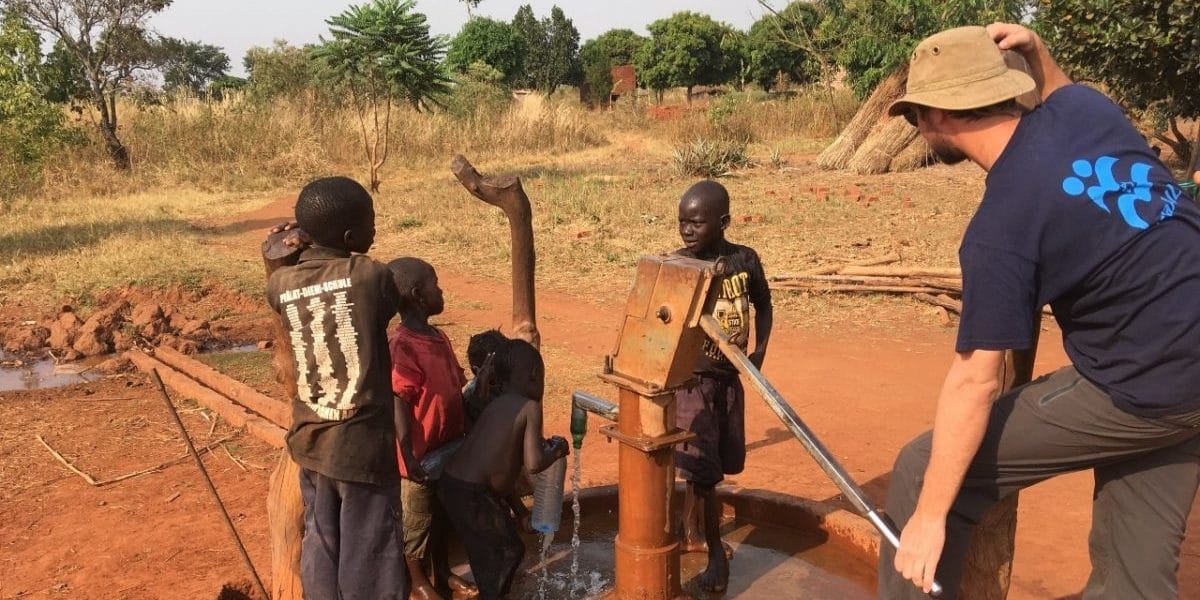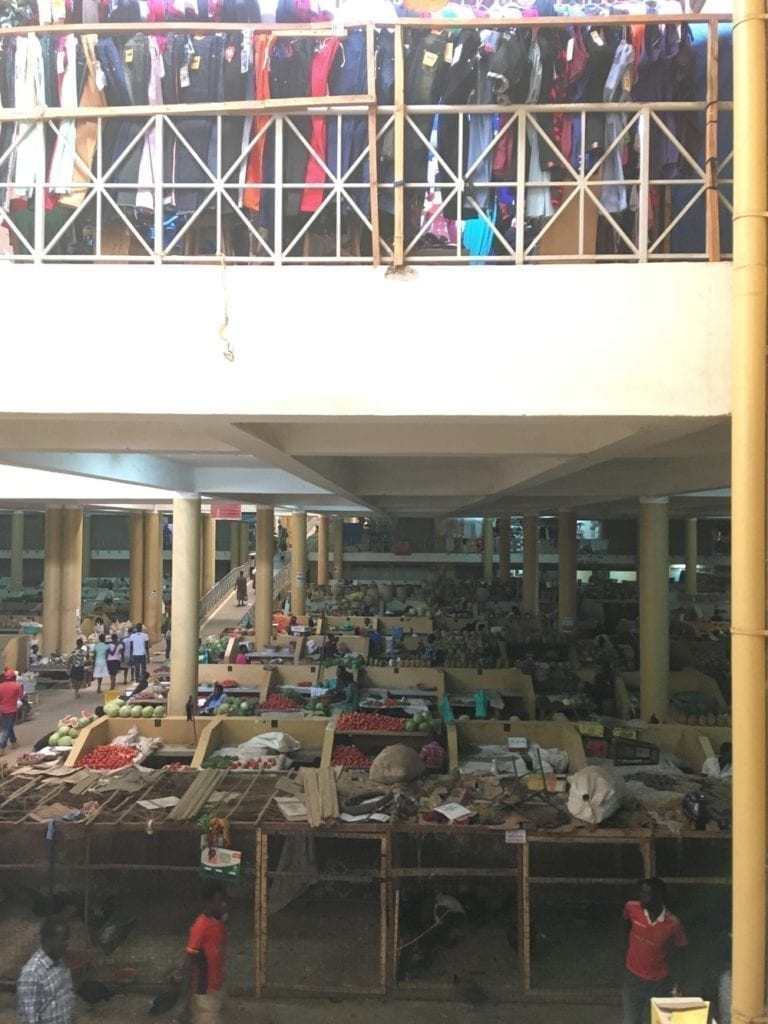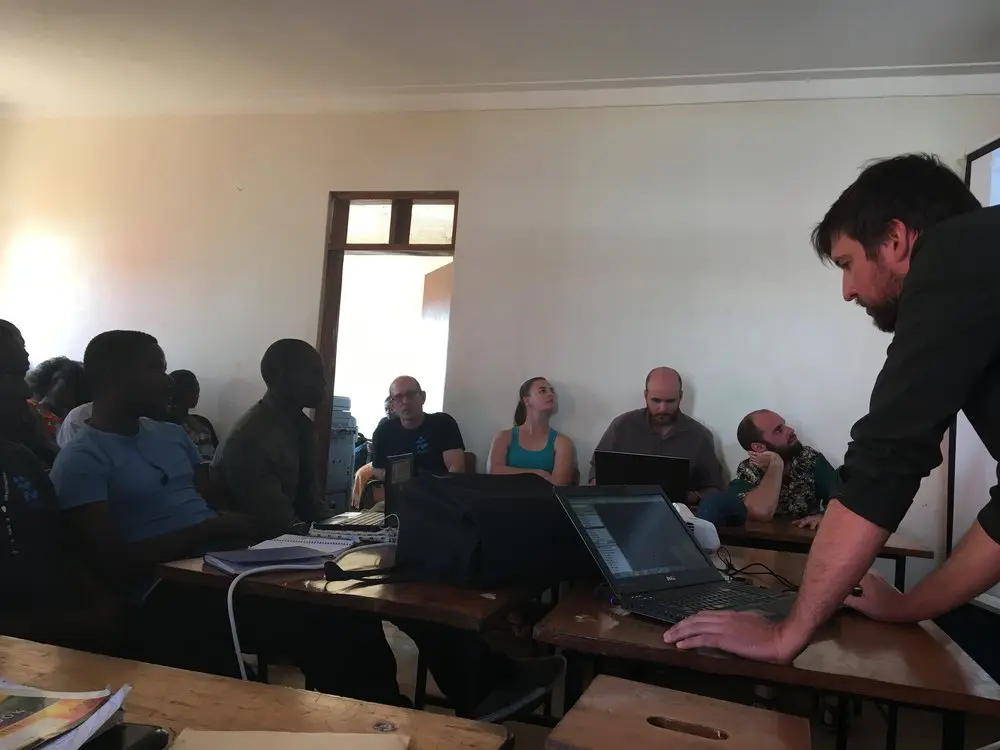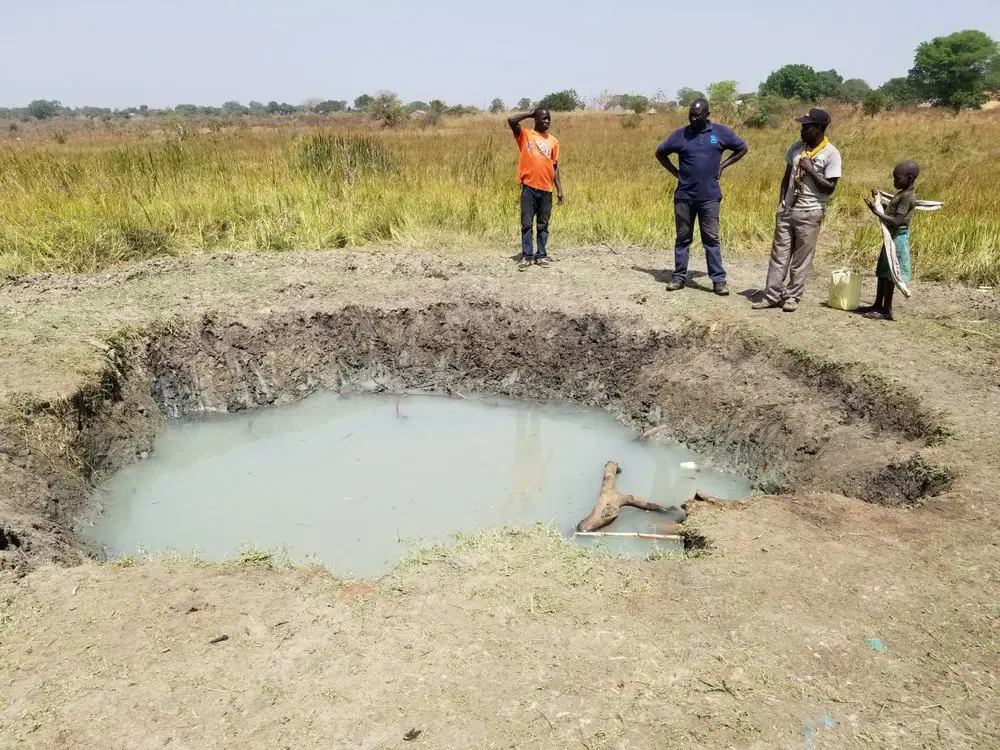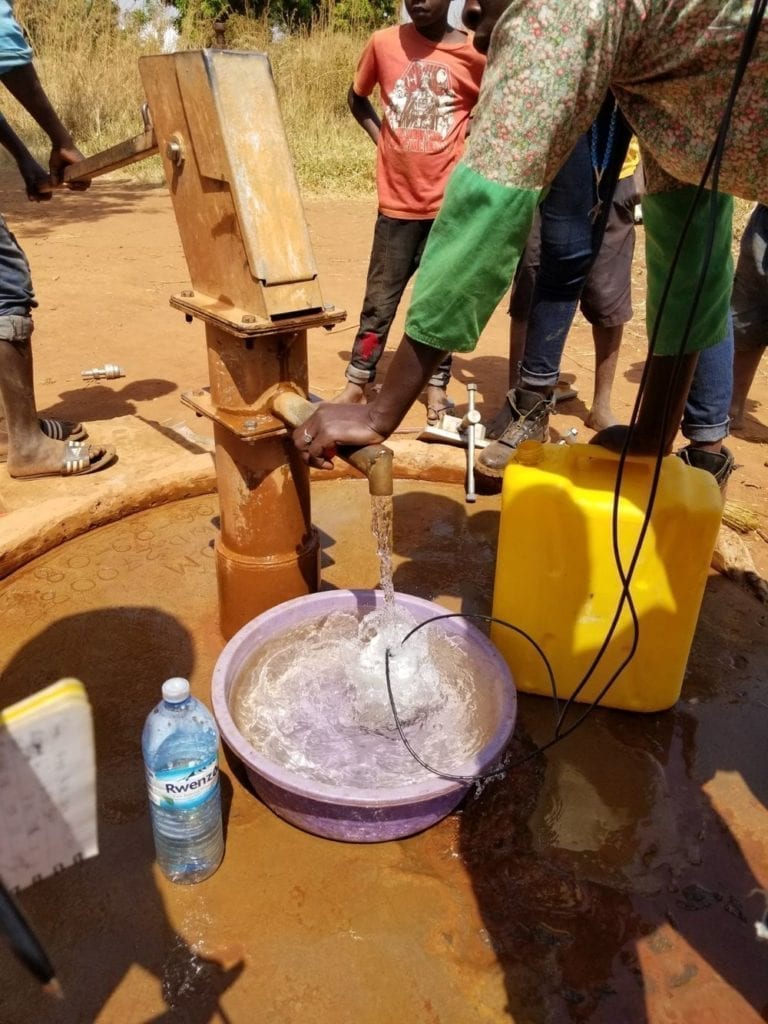We’ve been following the work of Seequent’s computational geophysicist and developer, Franklin Koch, who travelled from Calgary, Canada to Gulu, Uganda in January on a water management education and support mission. You can read all his journal entries here.
Franklin travelled with an all-star crew – which included the geophysics team from Advisian, documentarian Pat Morrow, camera person / photographer Josie Bauman and business guru Alistair Bryden.
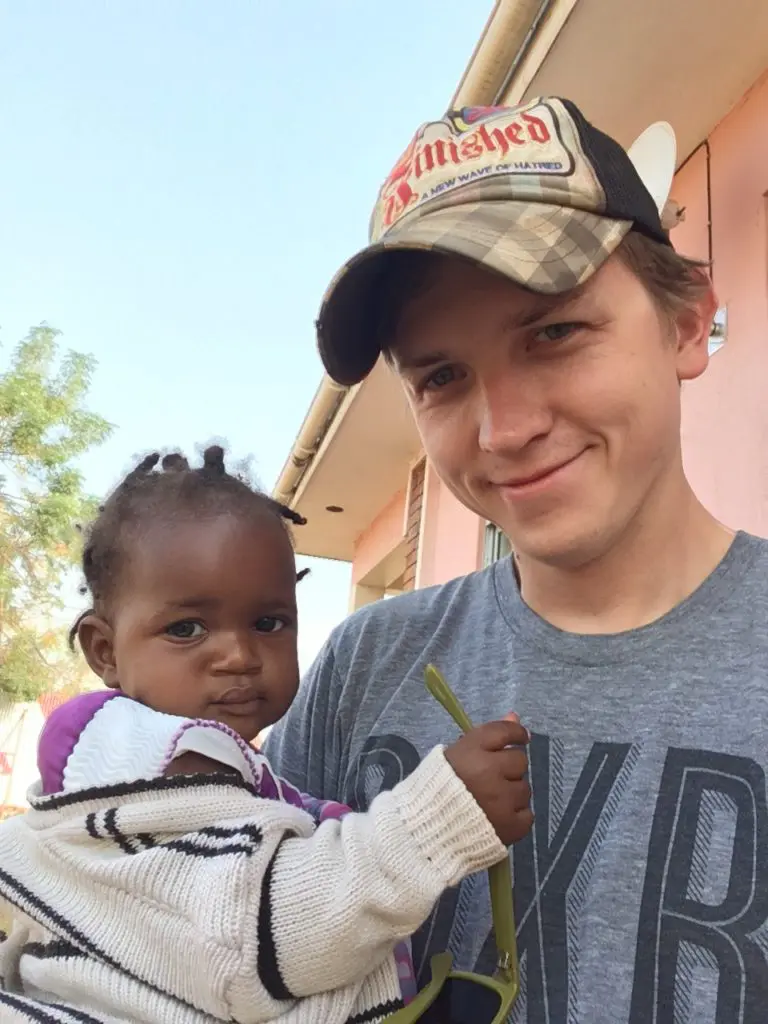
The team’s main purpose was to spend time working and sharing knowledge with the local Acholi students of the Water Management and Technologies training program in Gulu. This was organised in conjunction with ISRAaid, an Israeli-based humanitarian aid organisation working there currently. The project’s main sponsor was Geoscientists without Borders – a group launched by the Society of Exploration Geophysicists (SEG).
The team spent two weeks with the students, working together daily to complete well repairs and electrical resistivity surveys in the nearby communities. The team also spent one day in the classroom, teaching the students the underlying geophysics and how to interpret resistivity survey results. Their goal was to share enough know-how with the local students that they’d be able to effectively take over the work once the team left.
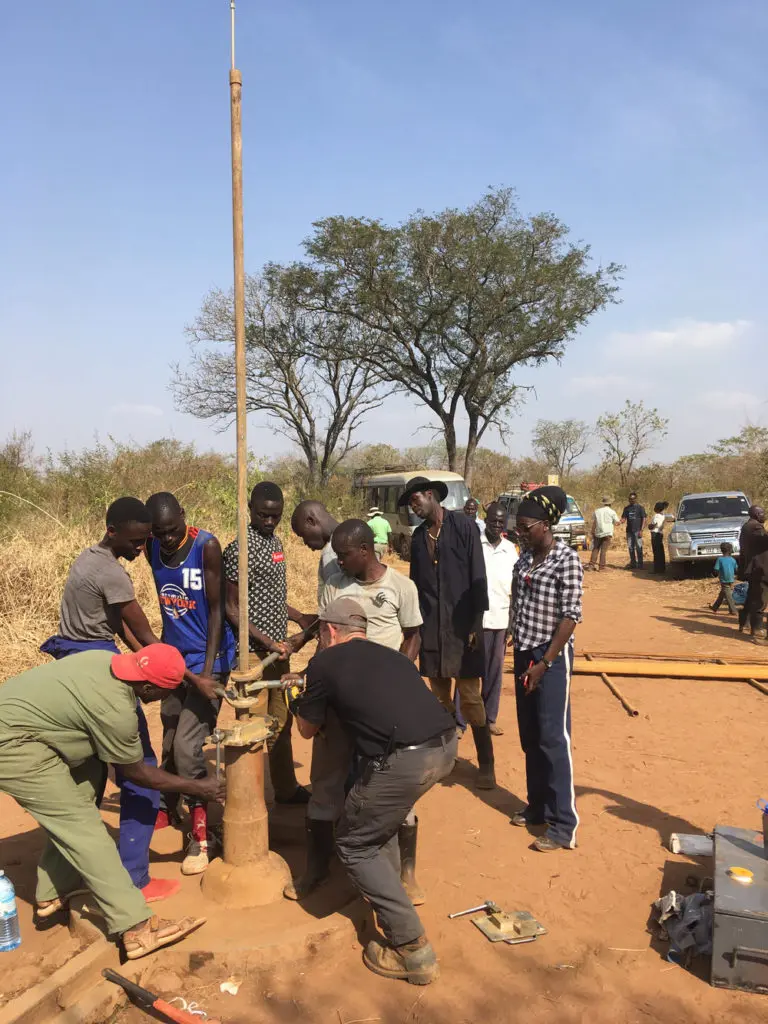
Franklin Koch shared his experiences during the trip in the journal series posted on our website. Paul Bauman also shared his experiences and thoughts through his geophysics Facebook page.
Franklin says, “Our work in Gulu was rewarding and very successful. Not only were students running resistivity surveys entirely on their own by the time we left, but they had also taught us Canadians more than we ever could have imagined about using and repairing hand pumps. We’re very excited to stay in touch and hear about the continued work of the students. Hopefully, wells they drill based on our work are productive, and they’ll be able to pursue their own water exploration projects in the future.”
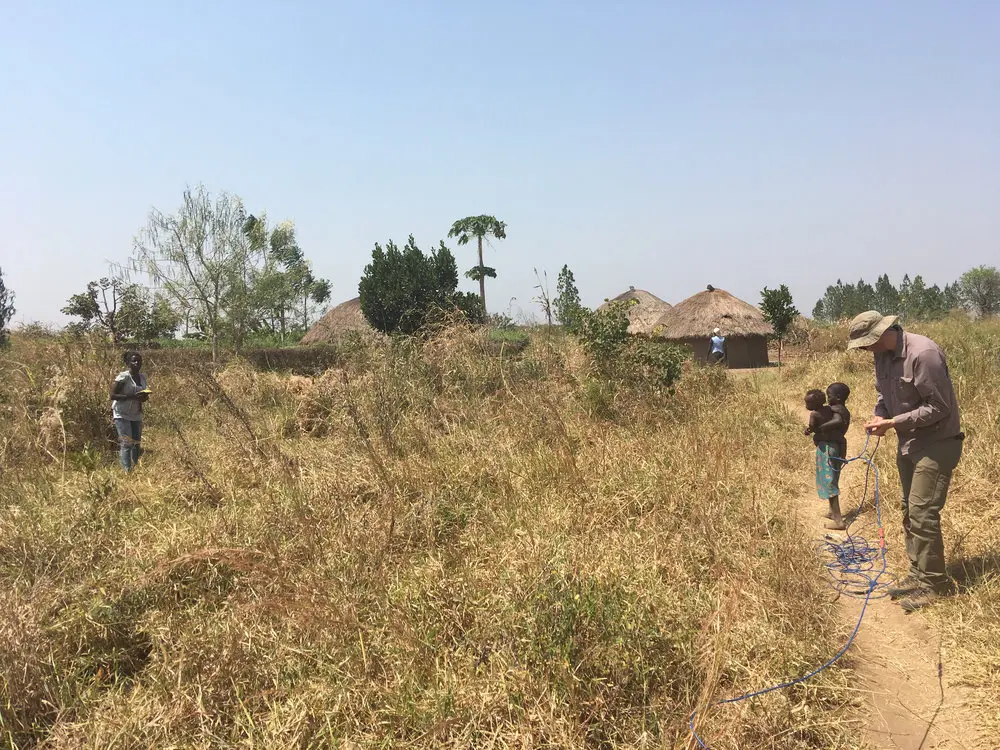
During the trip, one of Franklin’s goals was to create a 3D geological model of the Gulu district using existing datasets and Seequent’s software Leapfrog Geo. A model could help the community and the NGOs working there find groundwater patterns- which would help them determine the best places to drill wells for clean water.
Unfortunately, when the team arrived they realized the dataset was extremely lacking. Although there are thousands of known wells in the Gulu district, there is no accessible, centralised database for depth and geological information of the wells.
However, the team is very adaptable – and didn’t let this lack of data dissuade them. Rising to the challenge, they discussed other ways to apply their expertise and improve the problem around lack of data. Franklin explained, “There are all these wells – and repairs have to be done on them quite frequently. What if there was a way to keep the well database updated, and every time someone repaired a well they could also log it? We could have a centralised database – and perhaps just through crowd sourcing these well locations and their geological information, we could have enough data for a geological model.”
Paul Bauman, in his Facebook post, expands on this “crowd-sourcing” sentiment when explaining some of Franklin’s work developing a prototype solution, “… in those few available hours of spare time, Franklin wrote a [SMS] telephone app that is designed to inventory and transmit [to a database by text message] the location, condition, and a photograph of a hand pump and water well. If put in the hands of every hand pump mechanic, NGO WASH worker, and local councillor in Uganda, this could become the main data source for any person or agency working in the water sector in Uganda.”
And although the team is back home in Canada, their work is not quite done. They’ll be working remotely with the local students during the next phase of the project. Franklin shares, “Even though we have left, the students are still going to go drill new wells in areas we sited with our resistivity surveys. These will come back with geologic logs and hopefully reports of success.”
We’ll be sharing some of those results with all of you once the team hears back.
